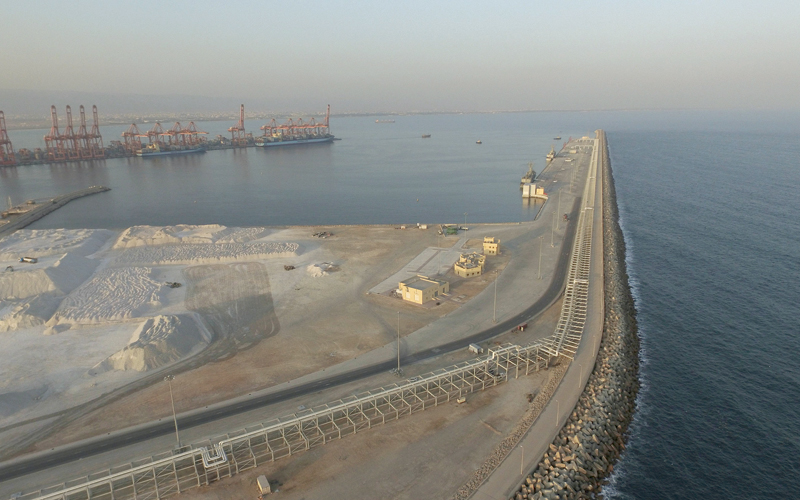

COMPETITIVE ADVANTAGES: Industry executive underlines importance of long-term marketing strategy -
Conrad Prabhu -
MUSCAT, OCT 11 -
India and Africa represent the most attractive markets for Omani bulk mineral exports over the long-term, according to a well-known mining sector executive.
Dean Cunningham, CEO — Kunooz Oman Holding, one of the largest well-diversified mining and mineral processing groups in the Sultanate, stressed the need for concerted efforts by authorities, as well as the industry, to leverage the Sultanate’s geographical and competitive advantages in tapping these hugely promising export markets.
“From a locational perspective, Oman happens to be at the epicentre of potentially the largest and best growth opportunities on the planet. Our markets extend all the way from Oman to India down as far as New Zealand and South Korea, and all the way down to the East coast of Africa,” he said at an industry forum held in the city earlier this week.
Kunooz Oman Holding, said the CEO, presently mines, processes and exports annually around 16 million tonnes of mineral-based products for consumption either within the Sultanate and or internationally. Roughly 40 per cent of the group’s revenue comes from domestic sales of its commodities, with exports generating the balance 60 per cent. Its portfolio of activities include the mining and processing of gypsum, limestone, lime, gabbro for the local market, and marble, as well as logistics operations.
Among the export markets being keenly looked at by Kunooz, among other exporters, is India where demand for bulk minerals such as gypsum and limestone is being driven by that country’s rapidly expanding steel and cement industries, said Cunningham. Investments in infrastructure and rapid urbanisation are expected to drive up consumption of steel, for example, to 400 kilos per capita, he said.
Another exciting destination for Omani bulk commodity exports is Africa, the mining executive pointed out. Brightening growth prospects in key parts of the continent, underpinned by investments infrastructure and rapid urbanisation, are expected to boost the demand for raw materials necessary to support Africa’s growth ambitions.
But he stressed the need for a structured and collaborative effort, driven by the Public Authority for Mining (PAM), to help harness Oman’s mineral export potential for the ultimate good of the industry and the national economy. This is particularly imperative as exports burgeon, boosted by the entry of new players in the market, thereby positioning the Sultanate to be a major global supplier, he said.
In the absence of any long-term marketing strategy for bulk commodities, encompassing chiefly gypsum, limestone and dolomites, a “free for all” could potentially ensue among exporters especially as smaller players sell products at a discount, Cunningham warned. This scenario could potentially cost the Sultanate its “competitive advantage, as well as the ability to create a strong and sustainable mining industry as an alternative to oil and gas, he noted. The net impact will be the loss of a long-term benefit for all of Oman’s stakeholders, he said.
Oman Investment Fund (OIF), a sovereign wealth fund of the Sultanate of Oman, is a 20 per cent shareholder in Kunooz Oman
Holding.
Oman Observer is now on the WhatsApp channel. Click here



